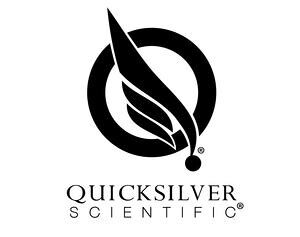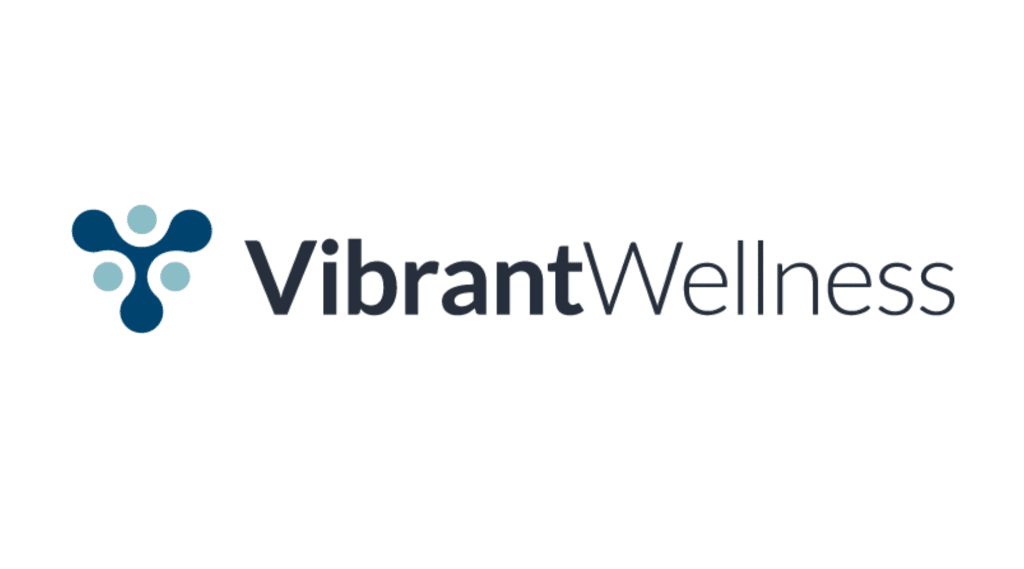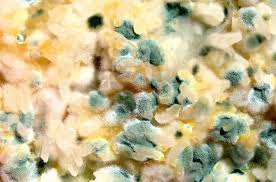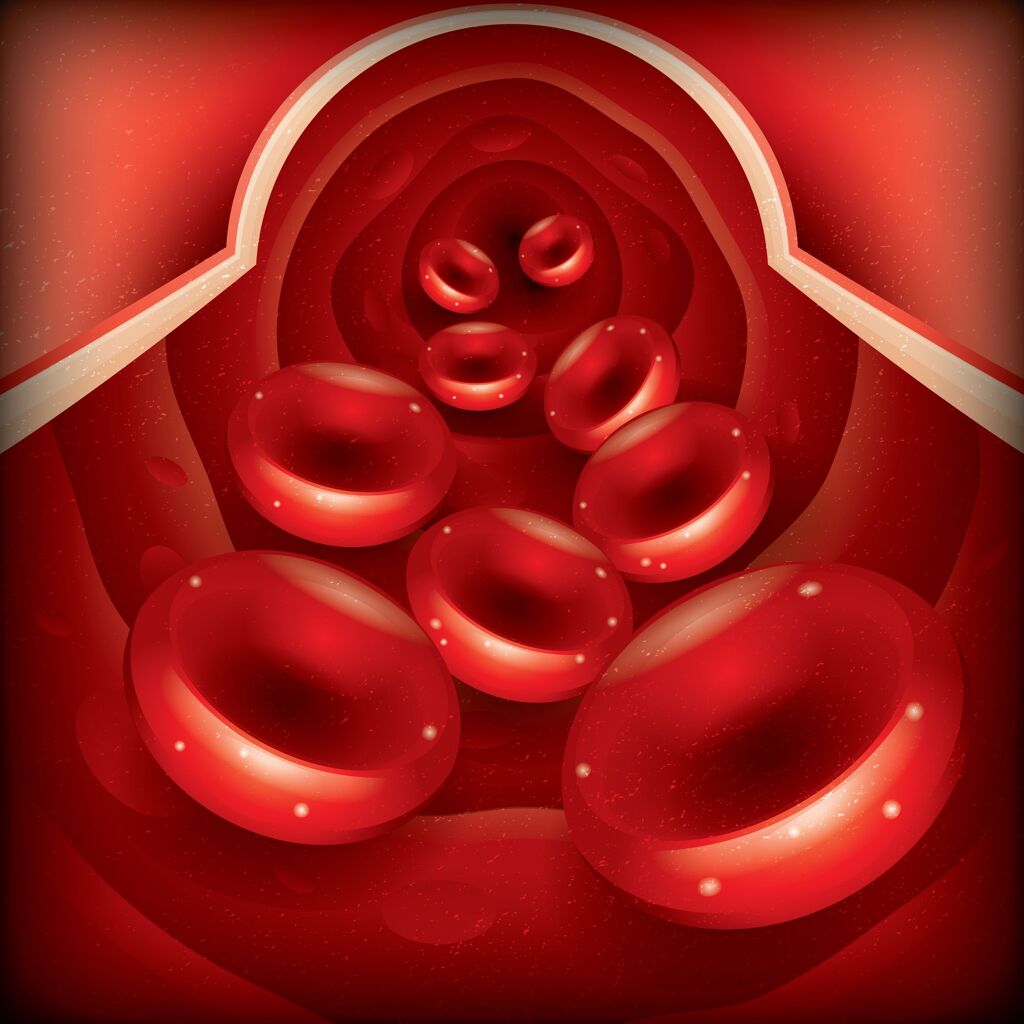Why do we Need Fat in our Diets?

Fat is a critical part of any proper diet. This is because our bodies require fat in to perform various activities crucial to sustained growth and development. Excessive consumption of fat is, however, linked to various health complications. These complications include: hypertension, cholesterol build up and obesity, all of which may result in heart disease. Naturally, fat is available from animals, where it is stored mainly beneath the skin surface. Commercial dietary fats have gained widespread popularity in most households due to their ability to improve food flavour and texture. They have, however, been blamed for the rise in dietary and lifestyle diseases. This is because of an error in preparation and handling, selection of fats, and other health considerations (Hooper, Lee, et al, 2006). In this post, we will discuss the importance of oils, and the criteria for selecting the proper oil for your diet.
Fats are responsible for various roles that keep our bodies functioning. Some of these tasks include:
- Energy source– in the absence of Carbohydrates the body usually turns to fats as a source of energy. Fat cells are a high-energy reserve, with one gram of fat containing about 10 energy calories. Experts urge individuals to limit their fat-calorie intake to between 35 and 40 % of the daily dietary intake, to avoid complications.
- Insulation and protection– In our bodies, fat is stored in a thick subcutaneous layer known as adipose tissue. This layer is designed to maintain body temperature by keeping heat circulating within. Fat is also deposited around vital organs in the body, creating a cushion that provides protection against shock and trauma, resulting in less damage to the organs.
- Vitamin absorption– some vitamins can only be absorbed in the body with the help of fats. These are known as fat-soluble vitamins and they are: A, K, D and E. These vitamins are essential to such processes as blood clotting, calcium absorption and bone development. Partaking a low-fat diet would result in the impairment of these processes.
- Structural- Fat also has structural significance as it makes up the cell membrane. This implies that the lipid layer covering the cell is responsible for the protection of internal cell components. Presence of fats in the cell membrane also improves the cell’s sensitivity to insulin, which enhances metabolism and reduces inflammation. The membrane also forms an interface that accommodates intercellular communication.
- Hormone makeup- Steroid hormones and androgens are made up of cholesterol. These hormones have a higher effect on tissue compared to peptide hormones. These hormones include: testosterone, cortisol, estrogen and progesterone. They are responsible for a wide range of functions including: sexual development, absorption of amino acids, and metabolism regulation among others. (O’brien, Richard, 2008).
- The nervous system- our nervous system needs fats to function properly. Fat makes up 60% of our brain, and therefore consumption of proper fats promotes brain cell growth, development and regeneration. These result in improved cognitive ability and memory. The nervous system also uses neurotransmitters to pass information signals. These chemicals are either synthesized directly from amino acids, or fats aid in their production. Consuming healthy fats results in lowered stress and depression, improved cognitive function and memory, and better passing of information between various regions of the nervous system.
DIFFERENT TYPES OF FATS
Fats are generally categorized into two: saturated and unsaturated fats. Found mostly in animal foods, saturated fats are solid at room temperature. Although most foods contain saturated fats, foods such as beef, cheese, and yoghurt, some plants also contain high concentration of saturates, including coconut oil and kernel oil (Patty et al 2010). For a long time, saturated fats were regarded to cause cardiovascular disease (CVD). Recent studies have, however, shown no correlation between saturated fat intake and heart complications. In fact, health practitioners suggest recommended daily intake as saturated fats have a myriad of health benefits.
Unsaturated fats are divided into two: monounsaturated fats and polyunsaturated fats. They are so named due to differences in molecular structure. Both have some health benefits and concerns depending on the kind and the context of the larger fatty acid makeup in the diet.
Monounsaturated fats have one double bond in their structure. They exist as liquid at room temperature, but turn solid in the cold. Foods rich in monounsaturated fats include avocado oil, refined kernel oil, peanut oil, ghee, butter and olive oil (Kesser 2013).
Polyunsaturated fats have more than one double bond in their structure and exist as liquid at all temperatures. Polyunsaturated fats, which are sources of essential fatty acids, are found in fish, walnuts, seeds and canola oil (Wallace et al, 2010). To learn more about the benefits of fish oils, especially as they relate to athletes and bodybuilding, check out this blog post!
Trans fats are created artificially by adding hydrogen to liquid oil to make it more stable. The most harmful form of fats, these lower the levels of High Density Lipoprotein (HDL) which is a good kind of blood cholesterol (LaRosa, J. C., et al, 1990). Advances in technology have uncovered how harmful trans fats could be, and members of the public are warned to limit consumption of the following foods: Hydrogenated oil, peanut oil, margarine, baked goods and oil from other seeds.
To Read About Blog Topic, Scroll Down
Want To Work With Our Clinic?
Do you have a chronic or mystery illness that no one has been able to help you with? Are you simply wanting to re-connect with a healthier version of yourself? It’s Time To Finally Feel Better!
YOUR GUIDE TO HEALTHY FATS AND COOKING OIL –
Smoke point and Nutritional Consideration for Oils
The most crucial consideration when cooking with oil is smoke point. At this temperature, the oil begins to emit smoke visibly and besides losing flavour and appearance, the oil oxidises into harmful compounds known as free radicals. Smoke point varies with every kind of oil. Refined avocado oil has the highest smoke point at 520F. Other oils with a high smoking point are safflower oil (510 F), olive oil (460 F), palm oil (455 F) and Ghee (485 F). Those on the lower end include flaxseed, safflower and sunflower oil (225 F). Oils from seeds require no heating as they have much lower smoking points (Clean guide to cooking oils). These include oils from rapeseed, nuts, flax, sesame, rice bran, and sunflower and cotton seed.
Technological advancements and increased knowledge in the structure of these oils has resulted in processes that improve the smoke point and stability. For instance, unrefined coconut oil (Dry Expeller Pressed Virgin Oil) has a smoke point of 350 F while dry refined coconut oil has a smoke point of 400 F.
The greatest nutritional consideration when choosing the right cooking oil is the fatty acid ratio. There are two essential fatty acids that cannot be synthesized by the body and must be obtained from the diet. These are linoleic and alpha-linoleic acids, which are precursors to Omega 3 and Omega 6 fatty acids. These two are essential to the normal functioning of all body cells. It is important to consume these acids in the proper ratio, as they both compete for utilization in the body. Excessive consumption of Omega 6 acids inhibits Omega 3s and vice versa. The proper ratio of Omega 6: Omega 3 should be between 1:1 and 4:1. The American population suffers an Omega 3 deficiency, partaking diets with an Omega 6: Omega 3 ratio of around 10:1 to 25:1 thus they miss out on the advantages offered by Omega 3s.
Eating cold-water fatty fish is an excellent source of Omega 3’s due to their preformed EPA and DHA. These are the top picks:
- Atlantic mackerel
- Cod
- Haddock
- Herring
- Mahi Mahi
- Salmon
- Anchovies
- Pollock
- Trout
- White fish
- Canned light tuna and sardines
These cold water varieties are rich in omega-3s and lowest in mercury. Wild salmon, for example, contains 3.2 grams of omega-3 fats on average, according to the University of Michigan.
Flax and chia have ALA (alpha linolenic acid) which needs to be converted into EPA and DHA, the conversion is often poor. For those who are allergic or avoid fish, there are algae extracts with performed DHA.Lastly, it is recommended to avoid some of the high omega 6’s such as:
- Sunflower
- Safflower
- Corn
- Soy
- Peanut oils
Most canola, corn, and soy oils are GMO, unless labeled non-GMO or organic. High-oleic sunflower and safflower oils have superior (preferred) ratios with less polyunsaturated fat and more monounsaturated fat. These are okay, but other forms of sunflower and safflower oils can be pro-inflammatory.
Healthy fats we recommend eating ample amounts of are:
- Coconut oil (expeller-pressed for medium heat cooking or cold pressed for low heat cooking or uncooked)
- Grass-fed Ghee and/or grass-fed butter
- Palm Kernel oil (choose substantially harvest-red palm kernel oil is high in vitamin E)
- MCT oil (best used uncooked or low heat)
- Olive oil
- Grass-fed/pasteurized tallo and/or lard (yes, lard, but pasteurized, and not Crisco)
- Cold water fatty fish and/or cod liver oil
- Avocado
- Nuts and seeds (fresh and not rancid)
Want help with your health? Book a free health evaluation call to see if you are a good fit for our clinic by clicking the button on the left below. If you are a clinician interested in advancing your training, please check out our online worldwide functional medicine training institute by clicking the button on the right below.
Book My Free Phone Health Evaluation Functional Medicine Certification for Clinicians
References
- Hooper, Lee, et al. “Risks and benefits of omega 3 fats for mortality, cardiovascular disease, and cancer: systematic review.” Bmj7544 (2006): 752-760.
- O’brien, Richard D. Fats and oils: formulating and processing for applications. CRC press, 2008.
- LaRosa, J. C., et al. “The cholesterol facts. A summary of the evidence relating dietary fats, serum cholesterol, and coronary heart disease. A joint statement by the American Heart Association and the National Heart, Lung, and Blood Institute. The Task Force on Cholesterol Issues, American Heart Association.” Circulation 81.5 (1990): 1721.
- Mozaffarian, Dariush, Renata Micha, and Sarah Wallace. “Effects on coronary heart disease of increasing polyunsaturated fat in place of saturated fat: a systematic review and meta-analysis of randomized controlled trials.” PLoS Med 7.3 (2010): e1000252.
- Siri-Tarino, Patty W., et al. “Saturated fat, carbohydrate, and cardiovascular disease.” The American journal of clinical nutrition 91.3 (2010): 502-509.
- Clean Guide to Cooking Oils.
- KRESSER, CHRIS. The Diet-Heart Myth: Cholesterol and Saturated Fat Are Not the Enemy. 19 APRIL 2013. 11 November 2016. <https://chriskresser.com/the-diet-heart-myth-cholesterol-and-saturated-fat-are-not-the-enemy/>.
Are You Suffering From A Chronic Illness?
Does your current health situation look like this…
- Do you feel that you have tried many things and either nothing works, or the treatment does not hold?
- Have you been told that there is nothing that can be done to reverse your illness and you just need to manage symptoms?
- Does your illness impact your work, your family, your happiness and your social life?
We specialize in finding answers and solutions for complicated chronic illness when people feel like they have tried everything. If this sounds like you, book a free call with us to see if we are the right fit for your health goals.
Dr. Miles has spoken for the following organizations:


















Responses